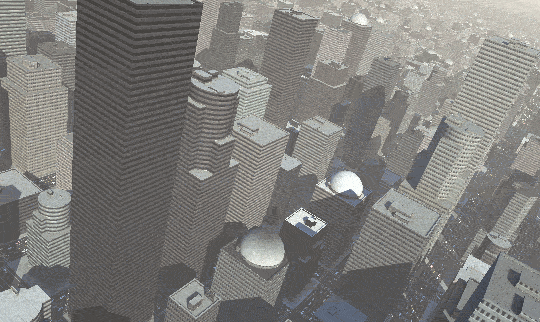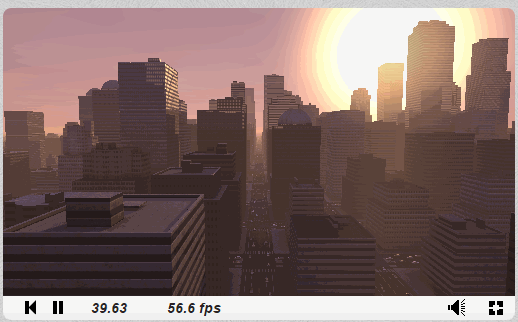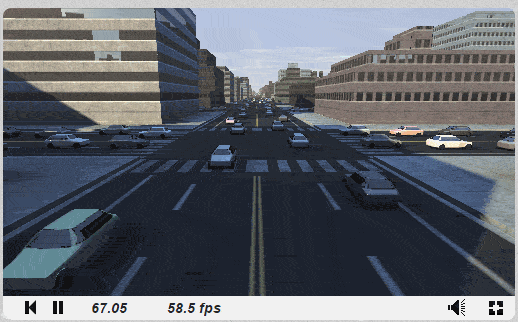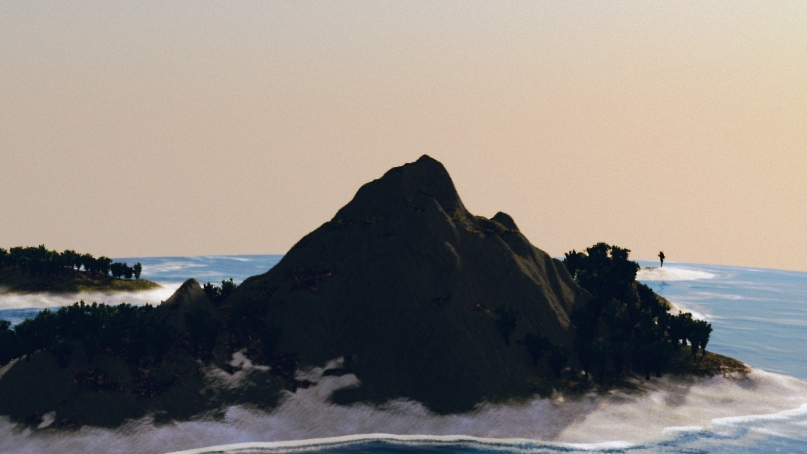


Skyline (2015)
Shadertoy is a website where people post 3D graphics shaders they’ve created. Some of the shaders can get quite elaborate, such as this example: a procedurally generated city created by Octavio Good.
The source code is included (and CC0 licensed) so you can take a peek under the hood and see what its doing. It’s very well commented.
Graphics shaders are an example of how procedural generation has become an inseparable part of computer graphics: every shader is a tiny program that runs on the graphics card and generates a visual output via a procedure. This particular shader takes that to an extreme, but many games nowadays have quite a bit of generative processes going on right under your nose.
